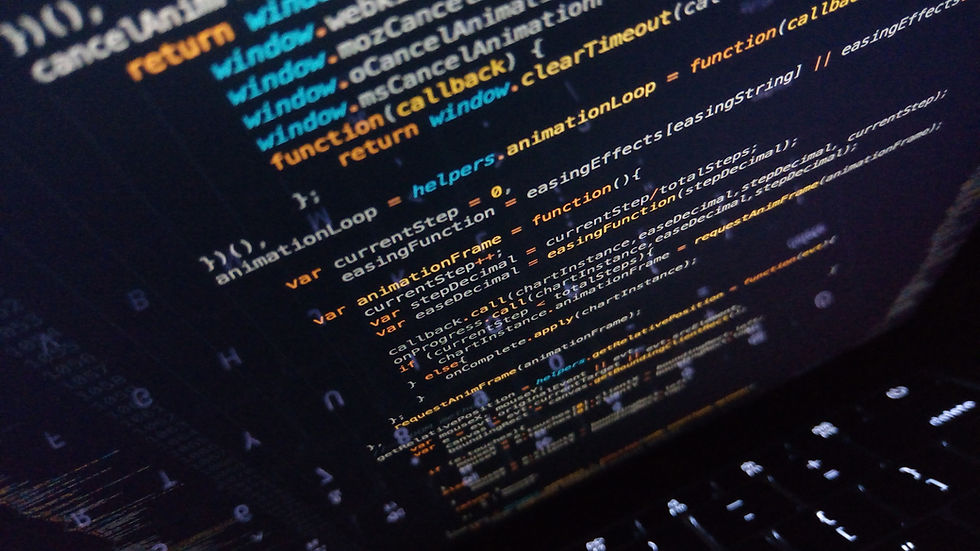Moss Similarity Checker: What Tools Miss
- Codequiry

- Aug 12
- 1 min read
Detecting code plagiarism is vital for maintaining fairness in coding education and competitions. While the Moss Similarity Checker is a popular tool, it has limitations that Codequiry addresses with advanced technology. Codequiry’s platform offers a more comprehensive approach to identifying unoriginal code.

Limitations of Moss Similarity Checker
The Moss Similarity Checker primarily focuses on textual similarities, which can miss logical code reuse where syntax is altered. This can lead to false negatives, allowing some unoriginal submissions to go undetected. Additionally, Moss may struggle with large datasets or modern AI-generated code.
How Codequiry Enhances Detection
Codequiry’s code plagiarism checker platform goes beyond surface-level checks, analyzing code structure and logic. It compares submissions against peer work and web sources, ensuring thorough detection. This is particularly effective for identifying sophisticated plagiarism attempts, including AI-generated code.
Why Choose Codequiry?
Codequiry provides educators and organizations with detailed, investigative reports, not definitive judgments. Its user-friendly interface and robust algorithms make it a reliable choice for fostering academic integrity. By addressing what Moss misses, Codequiry ensures fairer coding assessments.



Comments